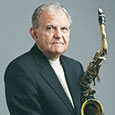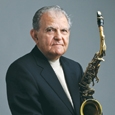The most difficult concept for students to learn is playing musically. One can play with a good sound, correct notes, clean articulation, right rhythms and still not sound musical. My teachers used to tell me I needed to practice a great deal if I wanted to learn musicality or anything else. I assumed – incorrectly – that one learned by practicing. A student who has not learned can practice hours a day but will never improve. A better way to phrase that comment is “you need to practice a great deal if you want to perfect what has been learned.”
To avoid mindless, unproductive practice sessions, students should have specific practice objectives. When it comes to playing musically, the objectives students should practice are learning to shape phrases, developing forward motion in the musical line, and playing with energy.
Shaping a Musical Line

Shaping the phrase in this way allows the line to flow from the beginning G4 to the G5 at the start of the second measure. Similarly, the B4 flows to the note E5, and the C5 flows to the E4. These naturally occurring divisions give the line a musical quality comparable to a written sentence with all the punctuation in the right place. Teach students to find these shapes and label them.
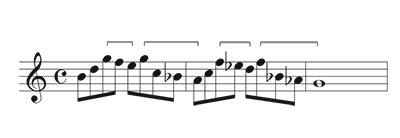
The above phrase is shaped to convey the flow of the lines with in the musical phase. This shape gives the line its direction. The bracketed sections in this phrase are the ones to lean into.
Forward Motion in a Musical Line
To develop forward motion in a musical line, locate the peak tones and then aim for them. These are all the strong notes in the phrase. The melodic line is an excellent example for finding peak tones, as the seventh of each chord leads to the third of the next; these are the notes students should aim for.
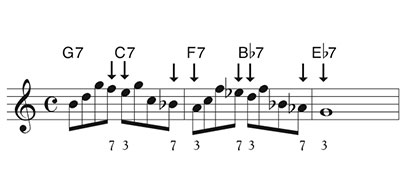
The following example will be a bit trickier for students. There are two examples of sevenths resolving to thirds (G7 to C7 and F#7 to B7), but the other peak tones to aim for are the tonics of the F#7 and F7 chords, both of which are approached from a half step above, similar to the seventh-third resolutions. The shape of the melody allows the line to flow to all these peak tones, and students will sound musical and mature by practicing aiming for these peak tones.
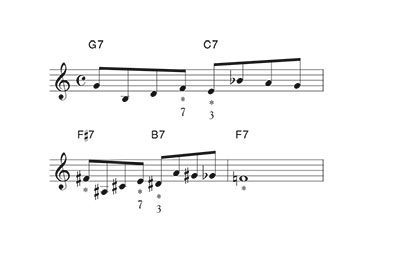
Playing with Energy
The intensity level must start at the beginning of a note and continue right through to the outer edge of the note. This is an example I like to draw for students:
.jpg)
Do not permit students to be satisfied with low-energy notes that lose what luster they had before the duration ends. Each note, regardless of length, has a life of its own and should be treated as such. Intensity is an important component of a musical sound, and students must keep the energy up all the way through the note.
Conclusion
Have students practice these three objectives, and encourage them to make musical decisions. At the next lesson or rehearsal, evaluate how much students have improved and what they still need to learn, and then set new specific objectives. The end result will leave everyone with a sense of gratification.
